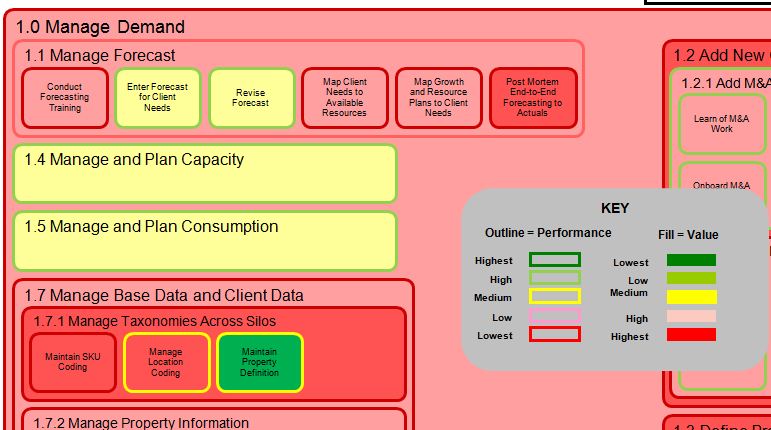 Every Sunday in the paper’s business section there’s an interview with a leader talking about some of their best lessons learned and management tips. The interview with Best Buy CEO Brian Dunn was no different. He first points out the importance of keeping in touch with the actual employees and customers at the front lines so he can stay in touch with what’s really going on. I agree with him that as simple as it sounds, it’s vital.
Every Sunday in the paper’s business section there’s an interview with a leader talking about some of their best lessons learned and management tips. The interview with Best Buy CEO Brian Dunn was no different. He first points out the importance of keeping in touch with the actual employees and customers at the front lines so he can stay in touch with what’s really going on. I agree with him that as simple as it sounds, it’s vital.
Though I agreed with his next big point, it did make me wonder.
He talked about how a family medical issue (his wife had breast cancer) helped him really focus on what is most important. In the case of the medical issue, the most important thing was getting his wife and three kids through it. He then went on to talk about how he applied this lesson to work:
“It changed me as a leader. I got really focused on: What are the big rocks that we need to move? I still can fall into some of the petty traps, but I worked really hard to say, is this really important or is this just like a little ego thing for me?”
My question after he said this was how he knows which “rocks” to pick?
When Bob Nardelli saw that he needed to lower costs at The Home Depot a few years back, that was in fact the correct outcome to focus on, but he went about it without really understanding which costs could, and could not, be cut and made some big mistakes. He ended up ignoring what his customers valued, which was good advice from the store employees, so when he cut spending in benefits and the good employees left, so did the customers. It was a disaster.
Interestingly, I think Dunn’s first point about staying in touch with the people on the front lines can help make sure he’s picking the right rocks, but I would suggest something with more rigor and discipline like one of the “heat” maps shown here is a way to significantly reduce the risk of picking the wrong rocks, while at the same time dramatically improving the transparency of discussions about prioritization of work (“rocks” in Dunn-speak). In every shape in this heat map, there are two elements, an “outline” color indicating how the work is performing (red is bad, green is good), and each shape is filled with a color indicating business value (red is high value, green is low value). I build these maps by interviewing the people who do, and manage the work – it’s a great listening device.
What you can do with a map like this is really start to get into the details of where the real value is, and where things are performing well and not well. Seeing parent/child relationships like these allows you to make (and test) assertions about which changes at the child level will cause the parent to change. If you aren’t making decisions about what micro-level changes will change the macro areas, you are at great risk of picking the wrong “rocks.”
I would be very interested to know how Mr. Dunn is picking his rocks, and I hope for the sake of the Best Buy shareholders, he’s a lot better at it than Bob Nardelli.
-Ric

Leave a Reply